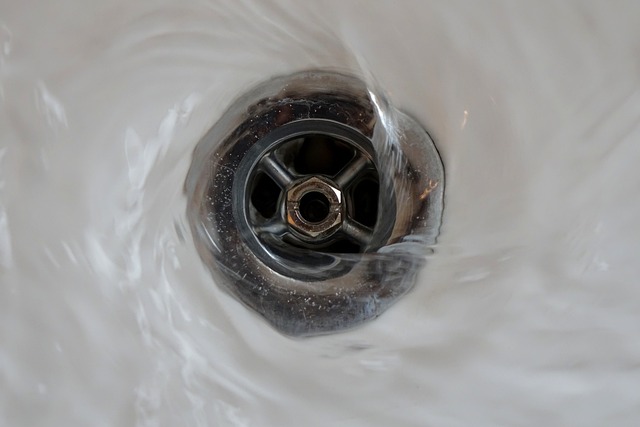The Importance of Sustainable Roofing Practices in Harford County
The Importance of Sustainable roofing Practices in Harford County
In recent years, there has been a growing awareness of the need for sustainable practices in all aspects of our lives. From recycling to energy-efficient appliances, individuals and businesses alike are making an effort to reduce their carbon footprint and protect the environment. One area where sustainability efforts are particularly important is in the construction industry, and more specifically, in roofing practices.
Harford County, located in Maryland, is no exception to this trend. As the population continues to grow and urban areas expand, the demand for new construction and roofing projects is on the rise. However, it is crucial that these projects are carried out in a sustainable manner to minimize their impact on the environment.
One of the key aspects of sustainable roofing practices is the use of eco-friendly materials. Traditional roofing materials, such as asphalt shingles, have a significant negative impact on the environment. They are made from non-renewable resources and contribute to landfill waste when they are replaced. In contrast, sustainable roofing materials, such as metal or clay tiles, are made from recycled or renewable materials and have a longer lifespan, reducing the need for frequent replacements.
Another important consideration in sustainable roofing practices is energy efficiency. A well-insulated roof can significantly reduce energy consumption by keeping the interior of a building cool in the summer and warm in the winter. This not only reduces the carbon footprint of the building but also lowers energy bills for the occupants. Additionally, the installation of solar panels on roofs can further reduce energy consumption by harnessing the power of the sun to generate electricity.
Water management is another crucial aspect of sustainable roofing practices. In Harford County, where heavy rainfall is common, it is essential to have proper drainage systems in place to prevent water damage and erosion. Sustainable roofing practices include the installation of rainwater harvesting systems, which collect rainwater for later use in irrigation or other non-potable applications. This reduces the strain on municipal water supplies and helps conserve this precious resource.
Furthermore, sustainable roofing practices also take into account the impact on local ecosystems. Green roofs, for example, are becoming increasingly popular in Harford County. These roofs are covered with vegetation, providing numerous environmental benefits. They absorb rainwater, reducing stormwater runoff and the strain on local drainage systems. They also act as natural insulation, reducing energy consumption, and provide habitat for birds and insects, promoting biodiversity in urban areas.
In conclusion, sustainable roofing practices are of utmost importance in Harford County. By using eco-friendly materials, improving energy efficiency, managing water effectively, and considering the impact on local ecosystems, roofers can contribute to a more sustainable future. It is crucial for both individuals and businesses to prioritize sustainability in all construction projects, including roofing, to protect the environment and ensure a better quality of life for future generations.



